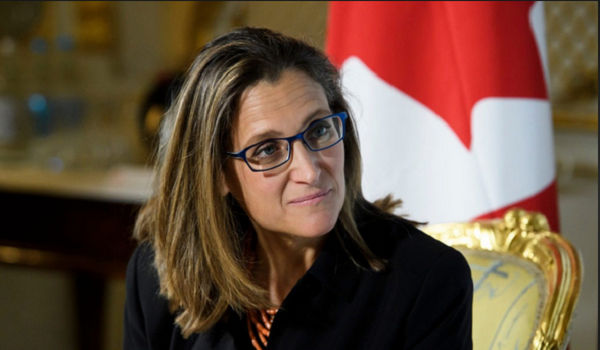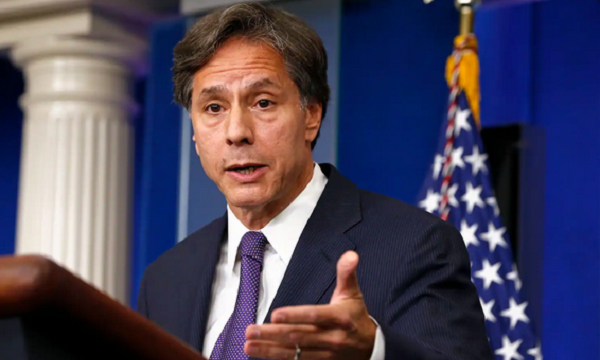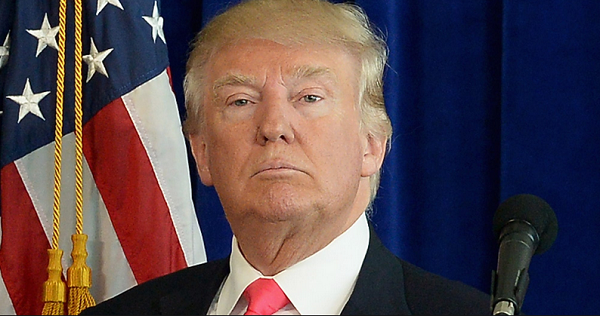Chrystia Freeland’s economic statement promised to cap future deficits at 1 percent of GDP
Finance Minister Chrystia Freeland is pledging to keep deficits to no larger than 1 per cent of GDP in future years, delivering a new promised limit as to how much the Liberal government is prepared to spend in future years.
The target implies maximum annual deficits of around $32-billion when the rule takes effect in the 2026-27 fiscal year.
Amid high interest rates and slowing economic growth, the government’s new fiscal anchor serves as a message to investors, the Bank of Canada and even Ms. Freeland’s cabinet colleagues that Ottawa is trying to keep a lid on spending growth
This leaves relatively little room for additional spending in areas such as a national pharmacare program advocated for by the NDP or other items the government may wish to announce in the run up to the next federal election, currently scheduled for 2025.
It could be a difficult promise to keep if interest rates move higher or economic growth slows more than expected. That would imply cutting spending during a slowdown.


At $40-billion, the government’s projected deficit for the current fiscal year is essentially unchanged from the March budget. However, it is projecting larger deficits over the next four years than it forecast in the spring.
This is mostly the result of a sharp rise in debt-servicing costs due to higher long-term bond yields. Interest payments on government debt, as a percentage of revenue, are expected to rise slightly above 10 per cent in the coming years. The government now expects to spend roughly $30-billion more servicing its debt over the next five years – including the current fiscal year – compared with the March budget.
Overall federal debt compared to the size of the economy was revised down slightly for the current fiscal year, from 43.5 per cent to 42.4 cent. However the debt-to-GDP ratio ticks up slightly next fiscal year before declining again – stretching the government’s previous commitment to keep the ratio on a downward track.
The update contains a package of previously signaled measures on housing, competition reform and new details on the roll out of big-ticket climate policies, but new spending items were limited. Total new spending since the March budget, including new announcements in the fall statement, adds up to $20.8-billion over six years, leading some economists to question how serious the government is about fiscal restraint.
A fiscal anchor is a target that guides federal spending. In recent years, the Liberal government has abandoned plans to balance the books by a set year. More recently, the government’s target has been to keep the net debt-to-GDP ratio on a declining trend. That was knocked off track during the pandemic, but the government says that goal remains.
Tuesday’s fall update provides an expanded definition of the government’s fiscal target. In addition to lowering the debt-to-GDP ratio after the 2024-25 fiscal year and also keeping deficits below 1 per cent of GDP in 2026-27 and future years, the government so says it will keep the size of this year’s deficit at or below the $40.1-billion that had been forecasted in the March budget.
In recent weeks, Bank of Canada governor Tiff Macklem noted that federal and provincial government spending is working at cross-purposes to the bank’s efforts to cool inflation. Economists had urged Ms. Freeland to deliver a narrowly focused update.
Former Parliamentary Budget Officer Kevin Page, who is now with the University of Ottawa, said that while the Bank of Canada isn’t named in Ms. Freeland’s statement, the minister’s pledge to keep future deficits below 1 per cent of GDP appears aimed at addressing his concerns.
“To hold the deficit to something like that is definitely a sign of fiscal restraint,” he said. “One per cent, in this environment, is a reasonable number.”
Current Parliamentary Budget Officer Yves Giroux had recen
tly projected that the federal deficit would come in higher this year, at an estimated $46-billion.


“The foundation of our fall economic statement is our responsible fiscal plan,” Ms. Freeland told the House of Commons. “We’re ensuring that Canada’s finances remain sustainable, because that is how we will be able to continue investing in Canadians for years to come.”
As expected, the update announced $1-billion over three years for the Affordable Housing Fund to support non-profit, co-op and public housing providers. NDP Leader Jagmeet Singh, whose party supports the minority government Liberals through a supply and confidence agreement, had called for such a measure.
The Infrastructure Canada department will be renamed the Department of Housing, Infrastructure and Communities “in recognition of the link between housing and infrastructure.”
The update includes details on a Canadian Mortgage Charter to guide consumer rights when renegotiating a mortgage. There is also a pledge to deny income tax deductions on short term rentals – such as Airbnb – in areas where they have been prohibited by provinces or municipalities.
The government says it will crack down on junk fees and will investigate the cost Canadians pay for international roaming charges. The update lifts the federal sales tax on counselling and psychotherapy services. It also extends Employment Insurance to parents who adopt.
A Canadian journalism labour tax credit is being expanded at a cost of $129-million over five years, starting in April 2024. The tax credit rate will rise from 25 per cent for four years. The limit on labour costs that can be claimed per eligible employee will rise to $85,000, from $55,000.
Efforts to find internal savings have been expanded slightly. In contrast to targets set in the March budget, the government now plans to find an additional $691-million per year by 2026-27.
This article was reported by The Globe and Mail














